With your love, concern, support and help, STAGE-high Grade A headphone amplifier is here to meet you.
High-standard headphone amplifier, now named "STAGE", means "stage feeling". I hope it is the embodiment of the characteristics of STAGE, and I also hope to bring you extraordinary music enjoyment.
STAGE has listened to many of your opinions and has reached a relatively satisfactory level after a series of improvements, upgrades and improvements.
A good sound is designed.
A good sound is designed in the first place. The design orientation and scheme determined from the beginning of the engineering machine have laid a solid foundation for STAGE to obtain high-level sound and provide a guarantee for a good sound.
1. High-standard framework
A framework higher than the general power amplifier specification is adopted. As can be seen from the block diagram, the whole STAGE adopts a separate front-stage and rear-stage amplification circuit, and the rear stage uses a complete three-stage amplifier circuit, equipped with start-up delay and headset DC protection circuit, using independent front and back stage power supply, independent auxiliary power supply for protection and control.
STAGE block diagram
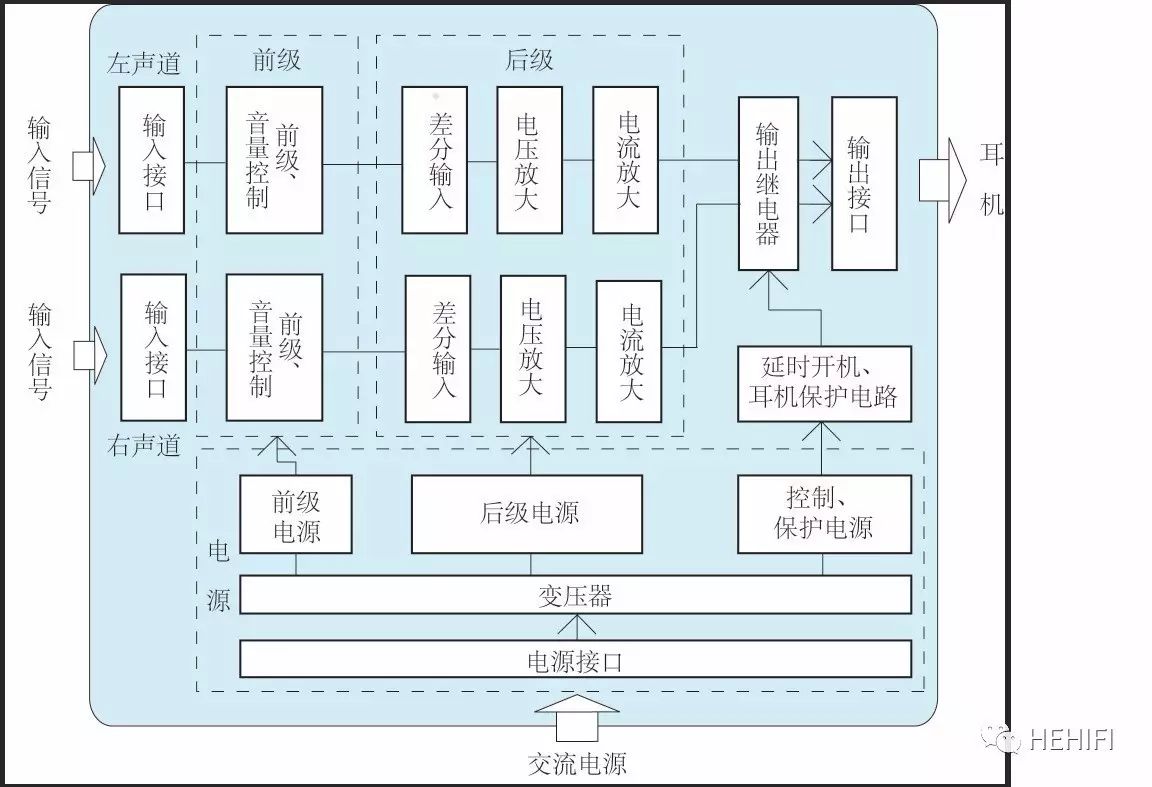
2. Conquer all kinds of headphones with high power, high gain and low output impedance
Headphone amplifier may drive a variety of headphones, the disadvantage is that the range of headphone load impedance will be very large, usually between 10-20 times (such as headphones with impedance between 600-32 ohms), the extreme difference will be 100-200 times or more (headphone impedance is between 2000-8 ohms), which puts forward high requirements for the amplifier.
In order to have sufficient output power and output power margin under different impedance loads (high-resistance and low-resistance headphones), STAGE uses a higher back-stage DC operating voltage (+ /-28.75V) to provide sufficient output power for high-resistance headphones, while high current (parallel output transistors set at a large static working current-70mA) is used to provide sufficient output power for low-resistance headphones.
For some low-sensitivity headphones, STAGE is based on large output power and sets a larger amplification gain (20dB), which makes it easier to push this kind of headphones.
STAGE uses extremely low output impedance (less than 0.1ohms) to achieve consistent and good performance when driving all kinds of headphones, especially when driving low-resistance headphones (8ohms).
3. Active volume adjustment
The use of active volume adjustment can not only provide a large dynamic range of the amplifier, but also keep the input impedance unchanged when adjusting the volume, but also keep the sound fresh, and the timbre is not affected by the volume.
4. Use current source
The amplifier uses a large number of current sources, enhanced current sources and mirror current sources to improve and ensure the performance of the amplifier, which plays an important role in reducing distortion and providing very high conversion rate (28V/uS).
5. Low distortion design
Considering the low distortion design, special treatment has been made to the adverse effects of Miller and Uri effect on the transistor circuit. The STAGE as a whole has a consistent low distortion level.
The parallel design of the output stage not only reduces the distortion and increases the output current, but also reduces the output impedance. These are also very important to the overall high performance of STAGE. The following figure shows how to obtain large current and reduce distortion.
Amplification characteristic curve of output transistor
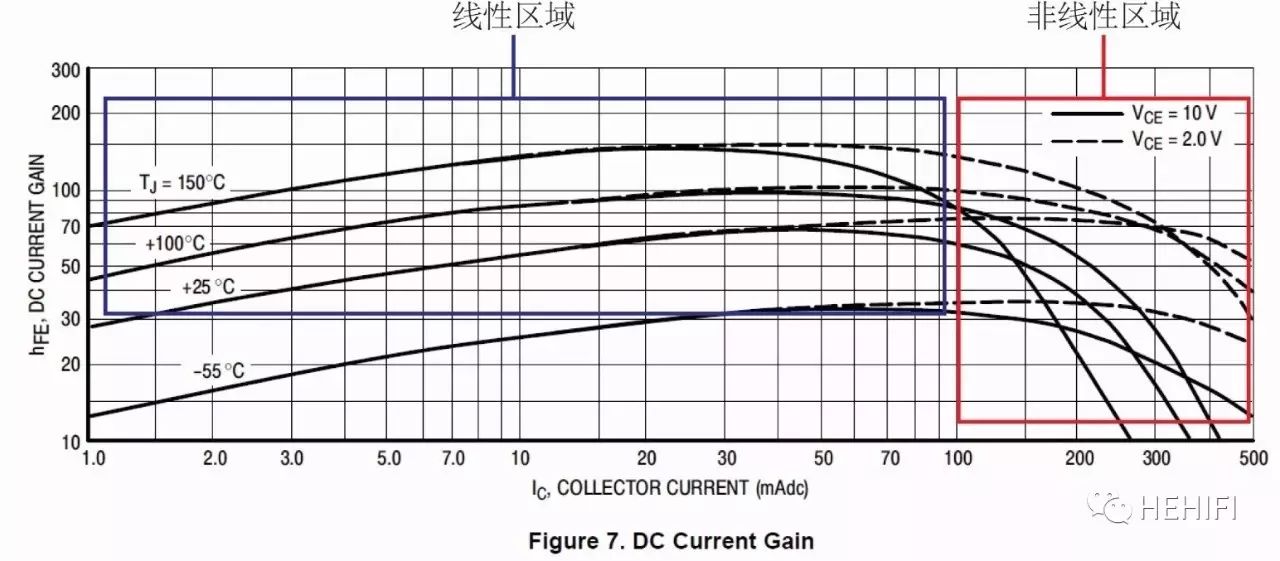
The magnification factor curve of the output stage transistor shown above shows good linearity in the blue region and poor linearity in the red region. The large output current can be obtained in the linear region by using the parallel transistor, and the requirements of large current and linearity can be achieved at the same time.
6. Low noise design
The lower input impedance (10k ohms) and the low noise operational amplifier are used together for the input of the amplifier to provide a lower noise level. The design of isolating the ground wire of the signal input circuit from the ground wire of the power supply can further reduce the noise and hinder the interference caused by power grid clutter and power filter. The design of the separated front stage, rear stage and control protection power supply also plays a role in reducing noise.
7. Powerful power supply
When the amplifier circuit is well designed, a powerful power supply is needed to ensure that the amplifier has enough capacity to reflect its performance. STAGE is equipped with a powerful power supply system, and each main circuit supplies power independently. The ring transformer with 60VA capacity and the large main power filter capacitor (large reservoir, 32800uF) suppress the ripple through the resistance-capacitance filter circuit, and then through the linear voltage regulator circuit to further suppress the ripple, providing a DC main power supply with sufficient energy, low internal resistance and low interference. The pre-amplifier circuit provides independent power supply, and a large capacity filter capacitor plus an independent linear voltage regulator circuit is also used to provide a clean power supply for the small signal amplifier circuit.
8. Important circuit board design and whole machine assembly
Different circuit boards (PCB) with the same circuit schematic often have different sounds. The design, layout, wiring and assembly of the circuit boards have a great impact on the sound, and often play a decisive role.
The STAGE machine is designed to minimize internal wiring, using a double-sided printed circuit motherboard to assemble all the necessary components, all components using through-hole type, and the main body using discrete components.
STAGE has undergone a series of upgrades, improvements and improvements, and some deficiencies in the arrangement of the circuit board have been gradually eliminated. The following is the circuit board diagram after the STAGE upgrade.
Upgraded STAGE circuit board design diagram
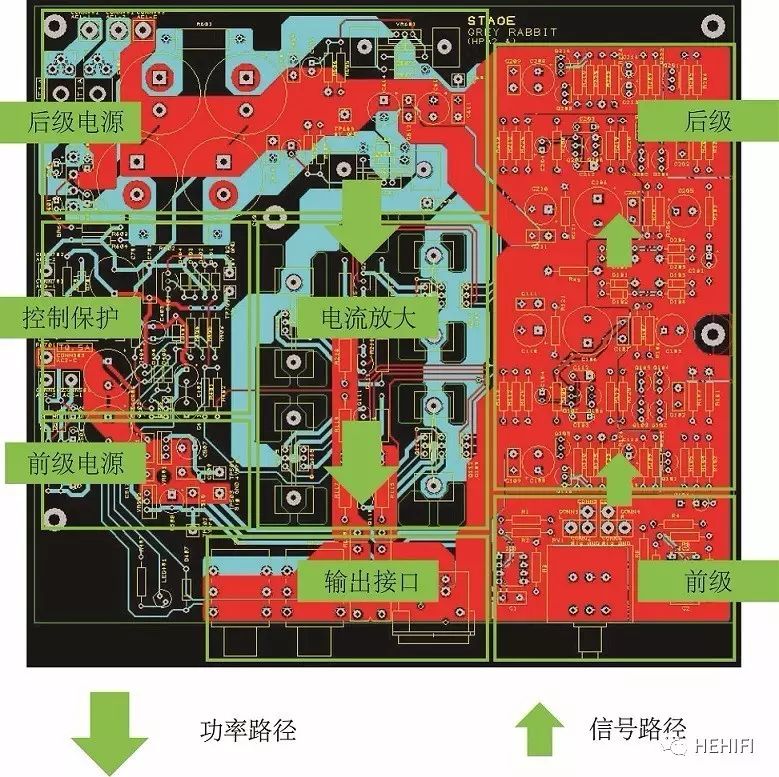
9. Headset protection and control circuit
To protect headphones from damage and have a good listening experience, STAGE is equipped with headset protection and ear amplifier control circuit.
When there is a DC voltage of more than 2V at the output of the ear amplifier, the protection circuit will automatically cut off the output connection and remove the headset to protect the headset from the damage of DC current. After the protection action, the status light on the panel changes from "green" to "red".
The control circuit automatically delays (about 4 seconds) access to the headset when the earphone is turned on, and then turns on the headset after the circuit is stable, so as to prevent noise and adverse effects on the headset during the turn-on process. Similarly, when the earphone is turned off, the headset is first cut off to prevent the headset from being adversely affected by the shutdown process. The status indicator is "red" during the boot process and "green" after the boot.
II. Visual and tactile experience
The appearance of STAGE is concise but full of texture and connotation as the design concept, and has a delicate and vigorous feeling as a whole. The panel has a balanced aesthetic design and ergonomic layout, and the upper and lower parts with different slopes bring some vitality and movement. The power switch adopts plane press-in, which has good texture and feel, and the status indicator adopts KINGBRIGHT's two-color LED indicator, which is pure and balanced in color and looks beautiful when playing. Panels and control parts, machine feet are made of high-quality aluminum alloy materials processed by precision hardware (CNC) and fine surface treatment, so that the texture and feel have a high level.
In order to achieve this effect, the mechanical mechanism of the STAGE machine uses as few parts as possible, the panel is made of 8mm thick aluminum alloy and precision machined by CNC, the base plate and rear plate are properly bent to strengthen the stiffness of the 1mm thick cold-rolled steel plate, and the cover plate uses 0.8mm hot-rolled steel plate and bends properly. After the components cooperate with each other, various supporting structures of different sizes can be formed to achieve higher mechanical stiffness and strength. The slotted fastening design between the cover plate and the panel does not require screw fixed connection, which further simplifies and beautifies the shell shape.
Third, the "simple function" that can only be realized by "high performance".
STAGE focuses on high-performance audio amplification, analog audio signal input, high-performance amplification and output to headphones. The input terminal adopts RCA lotus plug input and loop output with parallel connection to facilitate practical use. The output end is equipped with two identical 6.35mm TRS headphone output interfaces and one XLR- 4 four-core balanced headphone output interface.
It is the use of high-specification, high-performance design, can save some unnecessary functions, such as gain switching, impedance adaptation, these functions have a negative impact on sound, but also increase the inconvenience of use, but also occupy the position of the panel.
STAGE's layout is simple, the operation is very simple, only need to adjust the volume knob after boot, do not need any other operation, just focus on music enjoyment.
The following is the function and layout of STAGE.
STAGE positive graph
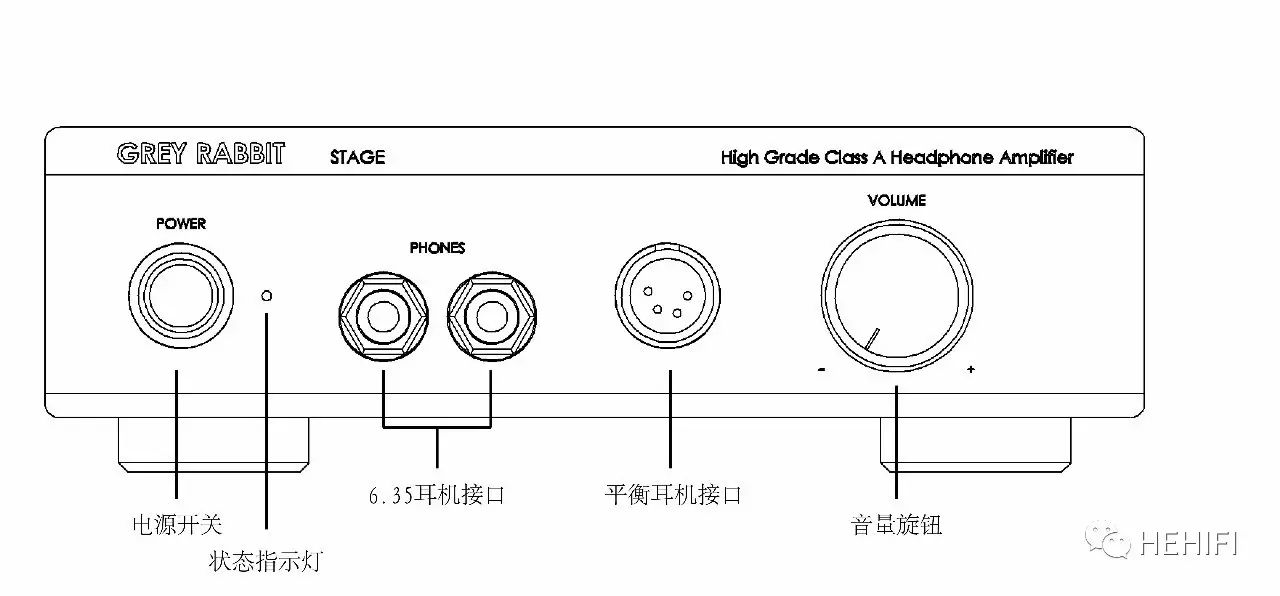
STAGE back view
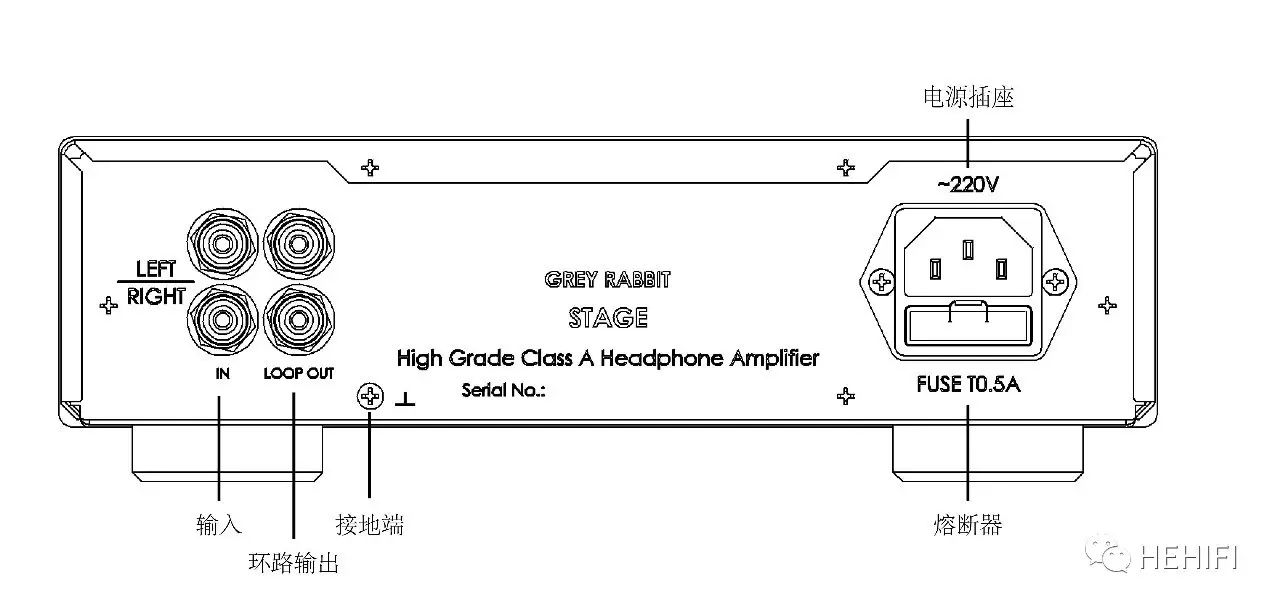
Design performance parameters of STAGE
STAGE is a high-specification pure Class A transistor headphone amplifier. The following table shows some of the design performance parameters (the measured data of the prototype are up to or much higher than the design parameters):
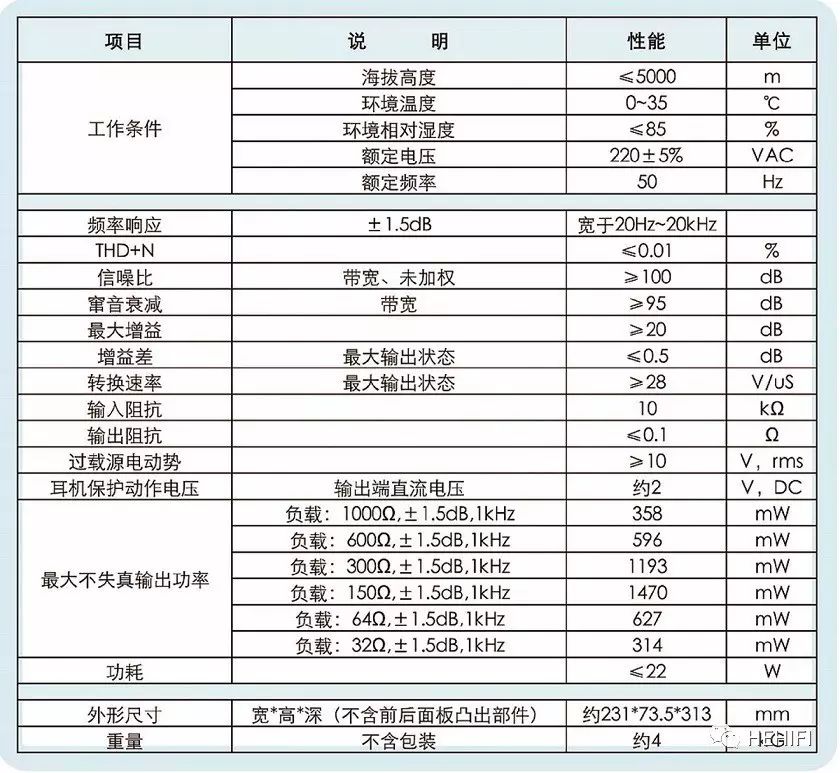
IV. Standardize design and production
STAGE refers to the international mainstream American Electronic Circuit Interconnection and Packaging Association standard IPC, Chinese national standard GB, Chinese electronic industry standard and electronic industry military standard SJ and so on.
The applicable standards for STAGE are:
GB 8898-2011 Safety requirements for Audio, Video and similar Electronic equipment
GB 8898-2011 national standard
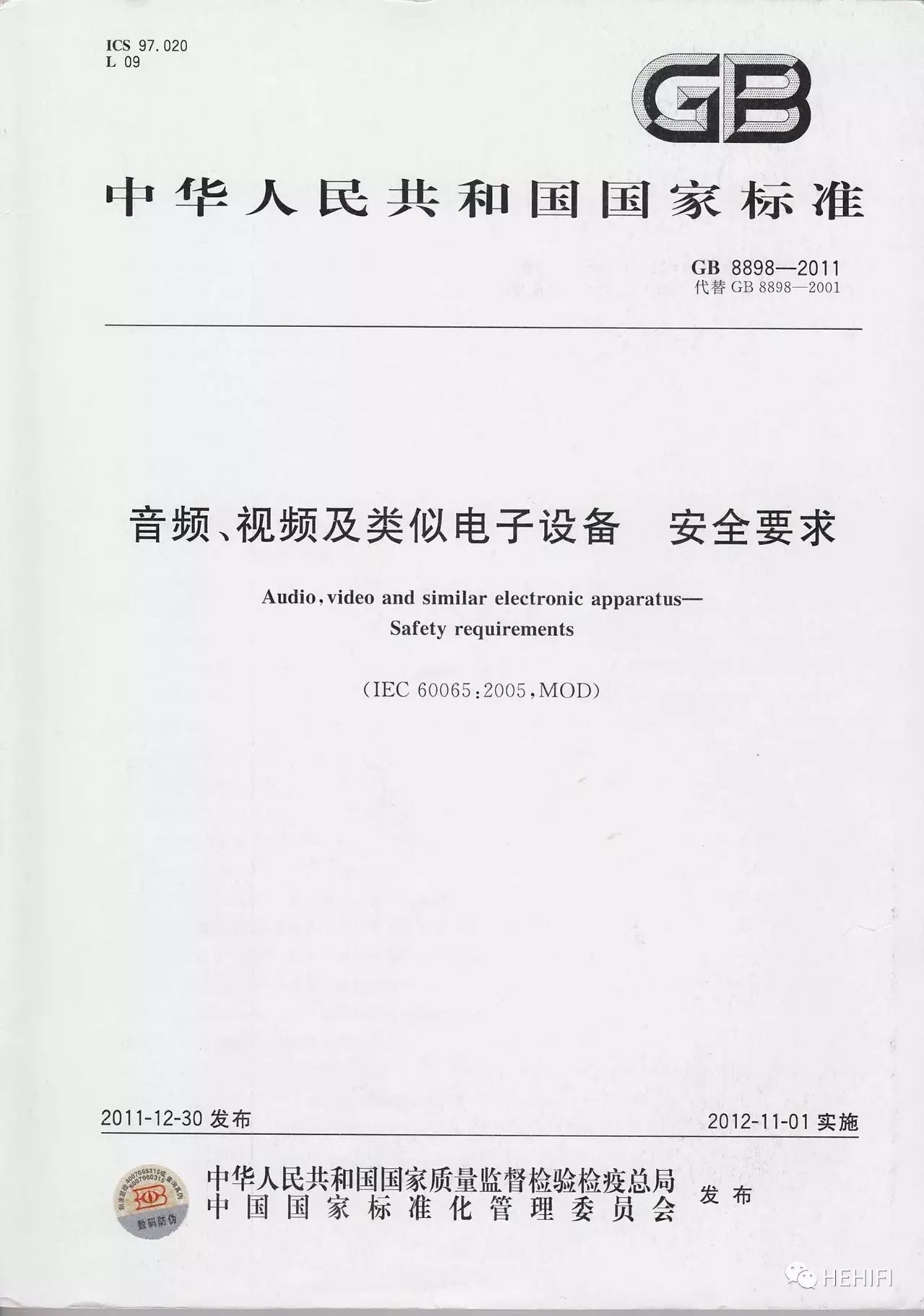
This standard is related to other relevant standards. These standards cover security requirements, and STAGE takes the following into account in its design:
1) requirements for preventing the danger of electric shock
2) requirements for preventing the risk of overheating
3) requirements for fire hazard prevention
4) requirements for prevention of mechanical hazards
5) Protection against radiation and chemical hazards
6) requirements under abnormal working conditions.
The relevant devices are respectively applicable to the corresponding standards, such as power transformers for GB/T 15290-2012 "General specification for power transformers and filter choke coils for electronic equipment", and so on.
Process design and production, STAGE meets the following standards:
SJ 20632 General Specification for printed Board assemblies
SJ 20748 "Design of rigid PCB and rigid PCB Assembly"
SJ 20882 "technological requirements for assembly and welding of printed circuit components".
Technical performance and functions, STAGE refers to the following standards:
GB/T 14200-93 "minimum performance requirements for High Fidelity Audio amplifiers"
SJ/T 10406 General Specification for Audio Power Amplifier.
5. How to guarantee the quality
Quality is designed, and this sentence is also true here. Choose reliable and stable circuit scheme in design, choose good brand and supply channel, select components that are reliable and easy to purchase, simplify manufacturing process or reduce process complexity, reduce the chance of human error, reasonable layout arrangement, design reasonable redundancy, improve the suitability of the working environment, and so on.
Some component manufacturers and suppliers of STAGE
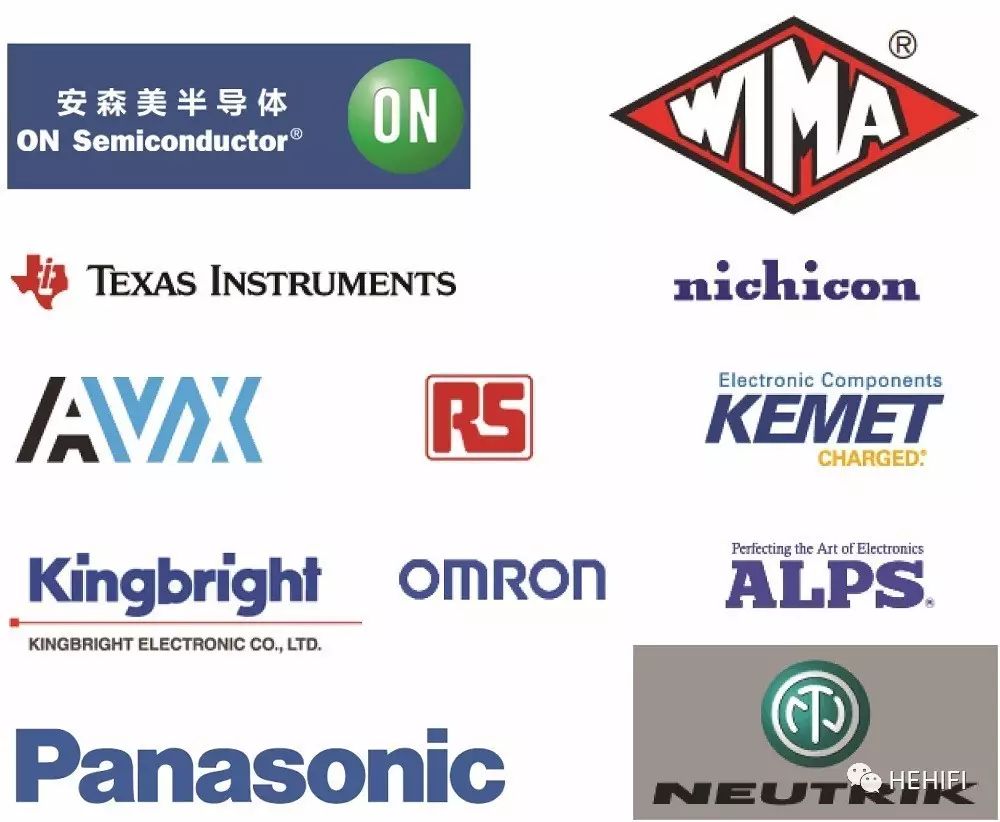
In addition to the quality requirements to be followed, STAGE uses the following key nodes to ensure quality:
1. Design and process in line with the standard
2. Evaluation of manufacturers and suppliers
3. Possible aging or natural aging of components
4. All or sampling inspection of key components or all components
5. Performance test of the first finished product
6. Inspection and testing of finished products
7. Aging of finished products (optional)
8. Finished product re-inspection and testing (optional).
VI. Introduction of subjective listening
From engineering machine to finished machine, STAGE has experienced many collective and individual auditions, matching with countless different brands and all kinds of headphones (except static electricity).
The types of headphones that have been tried are: moving coil, flat panel, head wear, ear insertion, open and closed; by brand:
SENNHEISER:HD800 (old version, new version), HD800s,HD650,HD600,HD580
AKG:K1000, K812, K240 (old style), K702, K271, Q702.
Beyerdynamic:T1,T2,DT880,DT990
Audio-technica:W5000
Focal:Utopia,ELEAR;
GRADOLAB:RS1L
Audeze:LCD-1,LCD-2
AndSONY 、 MONSTER 、 HIFIMANWaiting for headphones, feverish earplugs of DIY and so on.
(too many headphones participated in the audition, not recorded one by one)
Here are some pictures of the headphones:
AKG K1000 headphones. The king of headphones, "wearing speakers", is notoriously good to hear and difficult to push.
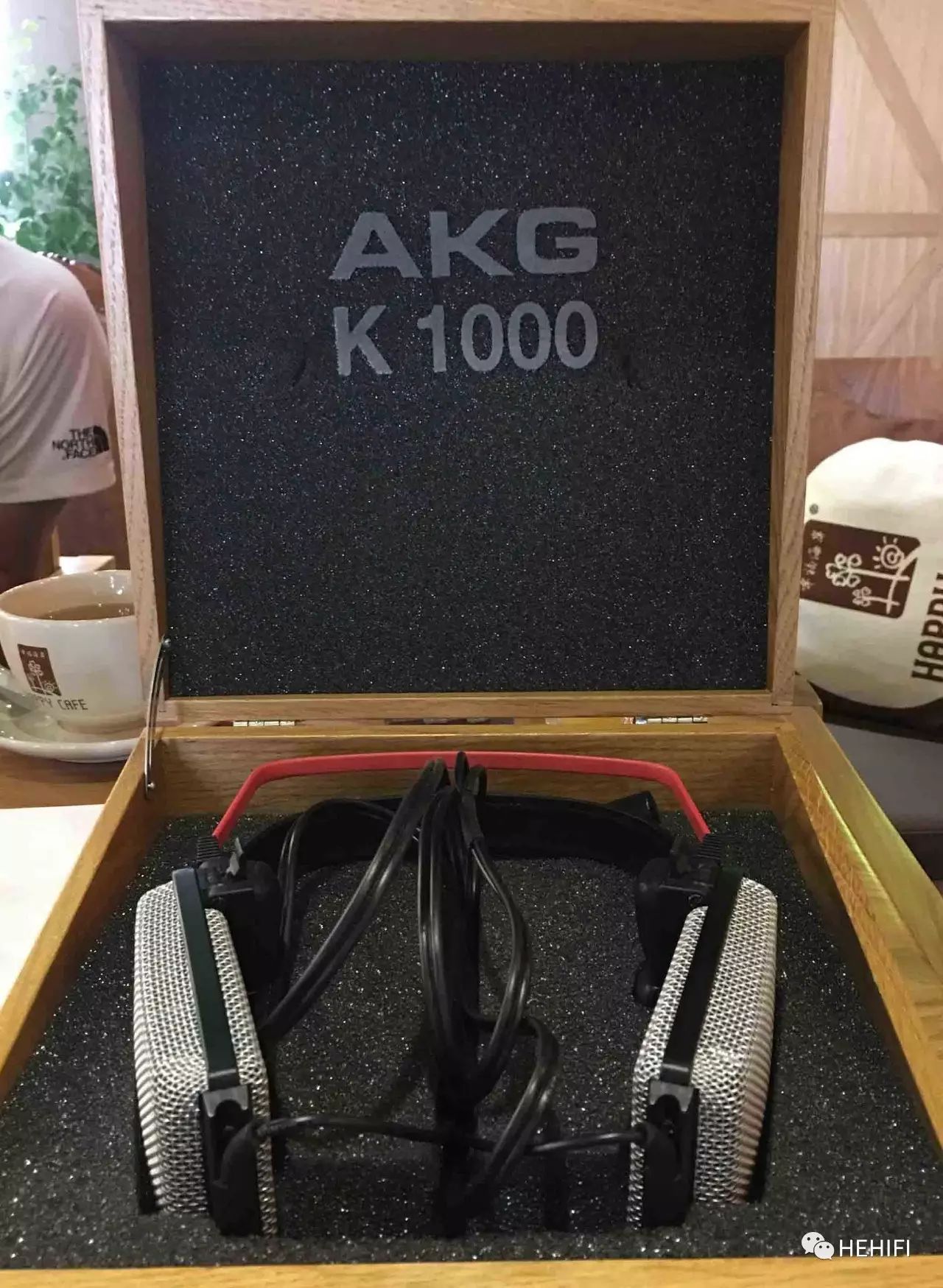
Some headphones that participate in listening activities
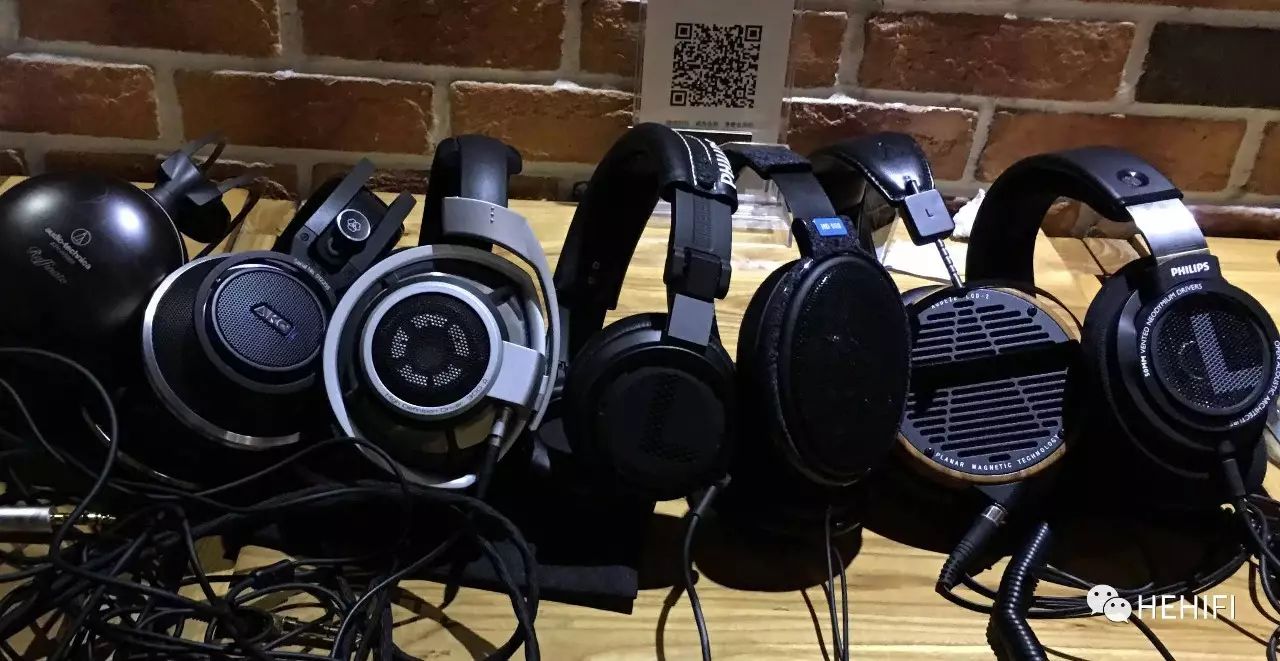
Because it is a high-specification framework, high-power, high-gain, low output impedance of the high-performance design, with various headphones show a good effect.
SENNHEISER headphones are often used in the tuning process, so the headphones of the SENNHEISER series have better performance.
In the process of development, STAGE has also conducted a number of comparative auditions with some famous top-level ear amplifiers at home and abroad. Today's STAGE, competing with any ear amplifier (including electronic tubes, static electricity, regardless of price), will not simply "lose" to any top work, it will only be different in sound concept and orientation. Compared with different ear amplifiers, more often, STAGE shows "winning".
Compare with other high-end ear amplifiers (ECBA, EC445, Olympian, etc.)
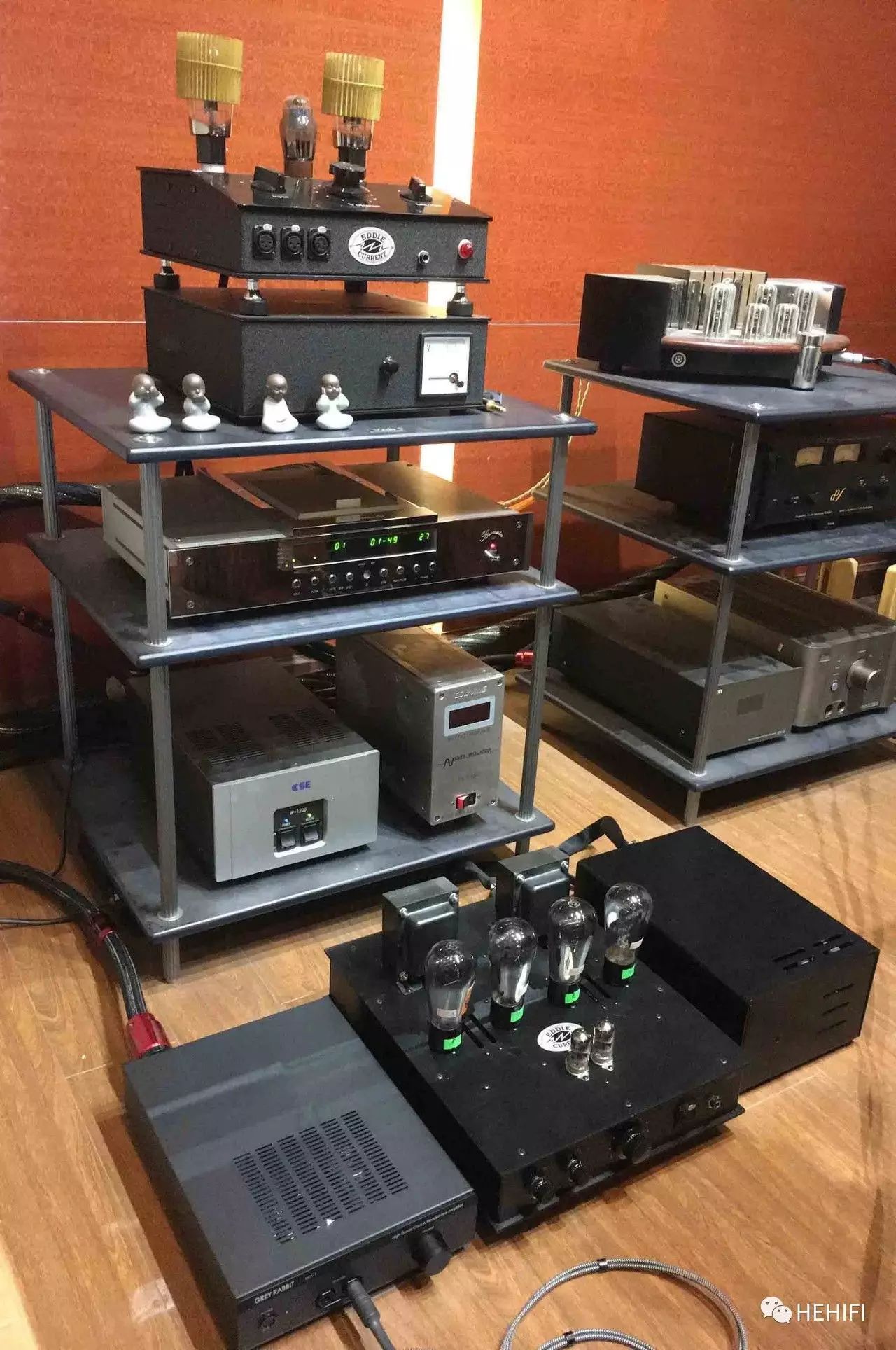
STAGE has also been affirmed and loved by professional music producers and has been tried out many times in professional places. In the recording studio of Shanghai Film Studio, he participated in the production of recordings on a number of subjects. The task of STAGE is to monitor and check the sound effects of recordings.
STAGE in the recording studio of Shanghai Film Studio
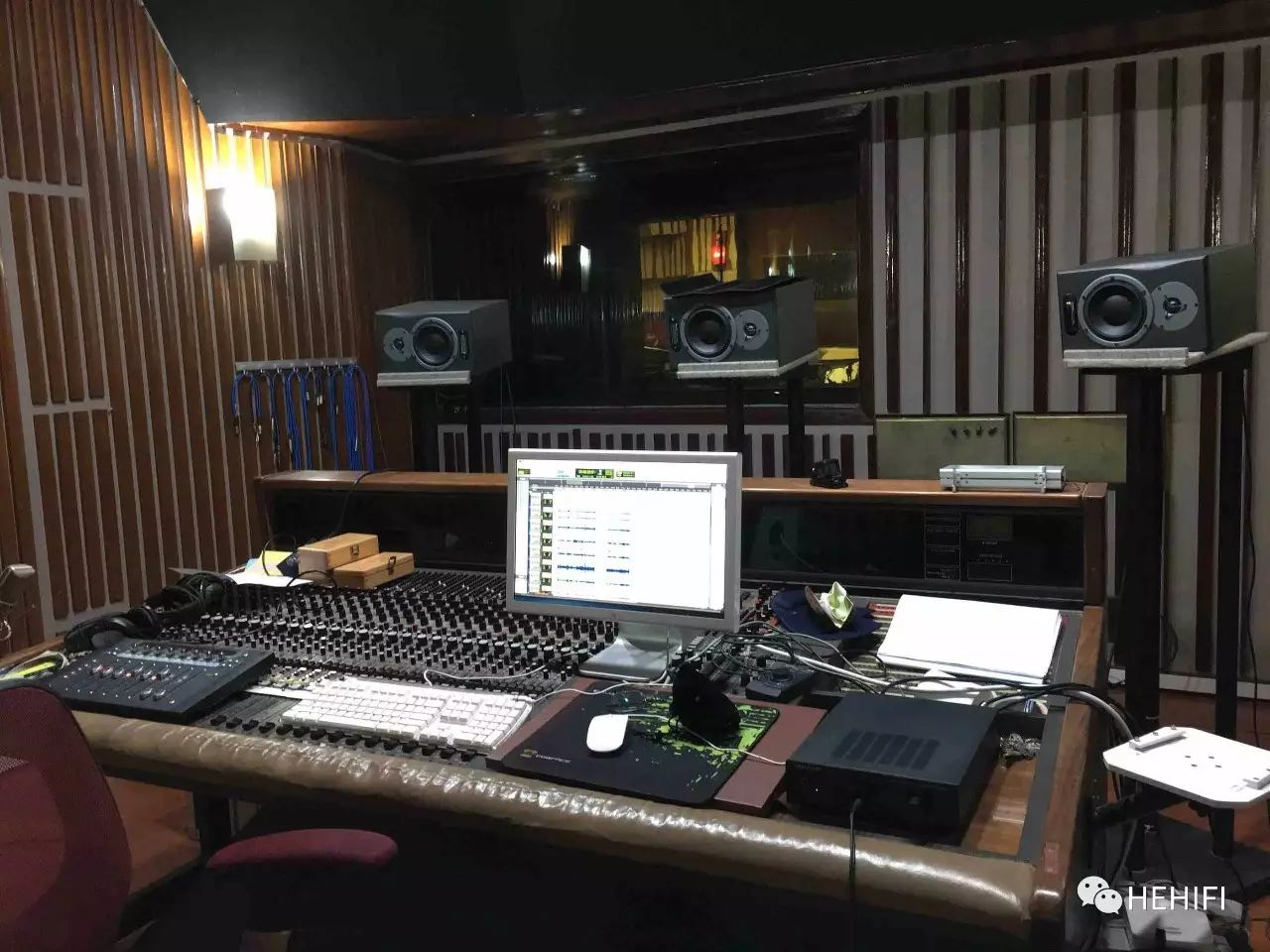
In terms of listening sense, STAGE provides loose, open and balanced sound. The sound is slightly sweet and moist, delicate, soft and fresh, and can feel full of energy and speed. Full of elasticity and fullness, a sense of encirclement, a degree of control, there will be no ferocious feeling. The sound field can form a semicircle with longitudinal depth, and the actual existence of headphones can be ignored. Because of the good noise and separation performance, the sound background can be very quiet, clear positioning, and have a good sense of presence. At a lower volume, the balance, fullness, color and emotion of the sound are also excellent; at a higher volume, there is no sense of oppression and harshness, but also a sense of balance and hierarchy.
If you are enjoying a small piece of music, STAGE provides slow music and detailed depiction to give people an immersive feeling. If it is a large symphony, STAGE's surging strength and speed, wave after wave of ups and downs and levels, give people a sense of shock and intoxication. When the strings play, it seems like a calm water or a wide plain; when you play an instrumental solo, you can hear the inner monologue right in front of you; when the whole band plays at the same time, it can be a mountain peak or a huge wave. Here, STAGE exquisite and grand, gentle and powerful, whether it is a small string or power consumption of the ensemble, can be meticulous, calm, stable, magnificent.
From the perspective of timbre orientation, STAGE pursues art enjoyment and emotion, and advocates the idea that technology obeys and serves art, but the premise of art is technology and technical means. High-performance design and production, so that the artistry of STAGE has been brought into play, sound with rich emotion, good sense of music and freshness, but also very delicate, close, upright, natural, with high quality.
The feeling of listening is subjective and can not be correct and comprehensive. I hope that such subjective feelings are the objective embodiment of the individual. Each person's feeling may be different, in the end, it needs each user to verify and dig.
VII. Completion
After many times of design-audition-improvement and upgrade, the development of STAGE has been completed to the current fourth edition of the circuit board. After reading the above introduction, do you want to own one of these ear amplifiers?
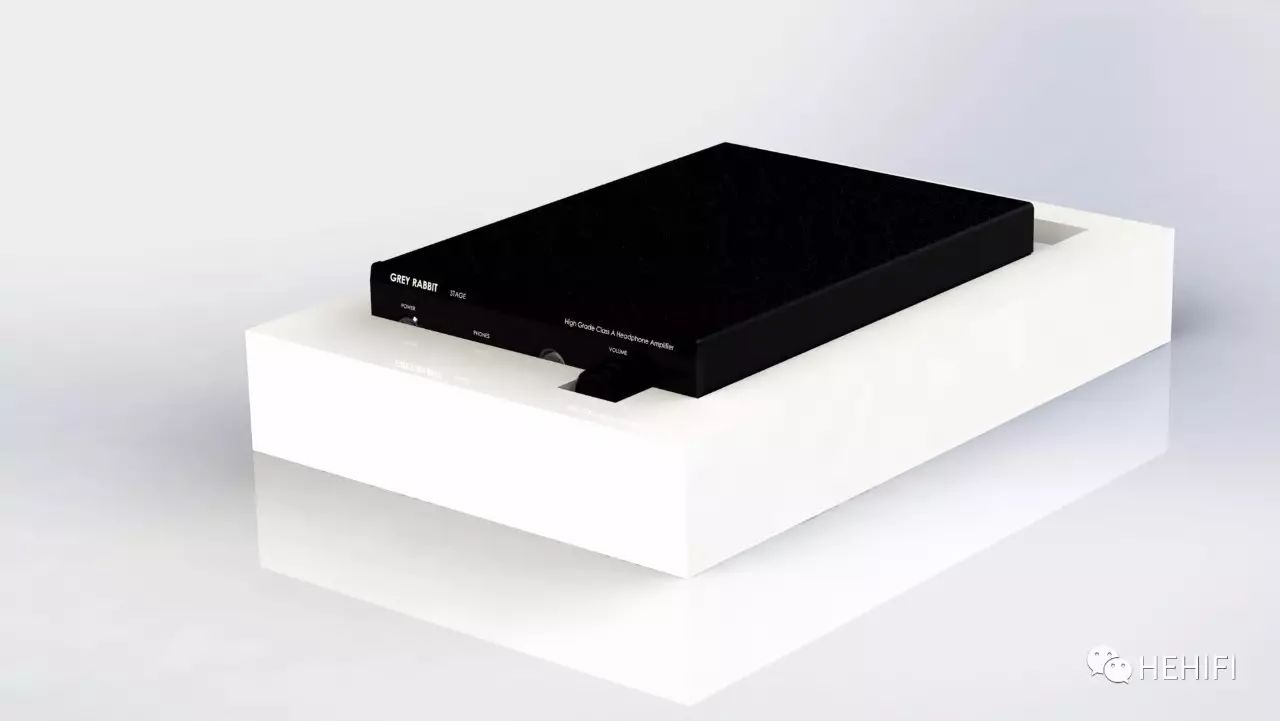
Appendix: testing
Here are some waveforms measured on the prototype. The test methods and conditions meet the requirements of the national standard GB/T 14200-93 "minimum performance requirements of High Fidelity Audio Amplifier" and GB/T 12060-2011 "Acoustic system equipment-part 3: test methods of Audio Amplifier". The tests are carried out under load. The measured data are up to or much higher than the design parameters.
Frequency response. A very straight response curve, the frequency response is very wide.

The frequency spectrum of the input 1kHz signal does not produce harmonics of other frequencies except the fundamental wave of the input signal, indicating that the distortion is very small. A (blue) input, B (red) output.


The 1kHz sine wave has a perfect waveform at this standard test frequency. A (blue) input, B (red) output.

20Hz sine wave, the lowest audio frequency that can be heard by human ears, the waveform is very good. A (blue) input, B (red) output.

20kHz sine wave, the highest audio frequency that can be heard by human ears, still maintains a perfect waveform. A (blue) input, B (red) output.

1kHz square wave, the most demanding test waveform, without any deformation. A (blue) input, B (red) output.

20kHz square wave, the highest audio frequency, the waveform maintains a good prototype. A (blue) input, B (red) output.

100kHz square wave, the human ear can sense five times the highest frequency 20KHz, used to test the capacity of the amplifier, the square wave is basically unchanged, high conversion rate, reflecting the ultra-high comprehensive performance. A (blue) input, B (red) output.

Noise in the maximum output state, B (red). The signal-to-noise ratio calculated by the measured data in the figure is 115dB (unweighted), which is much higher than the design parameters.

Note: the physical object of STAGE may be slightly different from that shown in the picture, and the content of the text may be changed at any time without notice.
24 Aug 2017
(End)
With your love, concern, support and help, STAGE-high Grade A headphone amplifier is here to meet you.
High-standard headphone amplifier, now named "STAGE", means "stage feeling". I hope it is the embodiment of the characteristics of STAGE, and I also hope to bring you extraordinary music enjoyment.
STAGE has listened to many of your opinions and has reached a relatively satisfactory level after a series of improvements, upgrades and improvements.
A good sound is designed.
A good sound is designed in the first place. The design orientation and scheme determined from the beginning of the engineering machine have laid a solid foundation for STAGE to obtain high-level sound and provide a guarantee for a good sound.
1. High-standard framework
A framework higher than the general power amplifier specification is adopted. As can be seen from the block diagram, the whole STAGE adopts a separate front-stage and rear-stage amplification circuit, and the rear stage uses a complete three-stage amplifier circuit, equipped with start-up delay and headset DC protection circuit, using independent front and back stage power supply, independent auxiliary power supply for protection and control.
STAGE block diagram

2. Conquer all kinds of headphones with high power, high gain and low output impedance
Headphone amplifier may drive a variety of headphones, the disadvantage is that the range of headphone load impedance will be very large, usually between 10-20 times (such as headphones with impedance between 600-32 ohms), the extreme difference will be 100-200 times or more (headphone impedance is between 2000-8 ohms), which puts forward high requirements for the amplifier.
In order to have sufficient output power and output power margin under different impedance loads (high-resistance and low-resistance headphones), STAGE uses a higher back-stage DC operating voltage (+ /-28.75V) to provide sufficient output power for high-resistance headphones, while high current (parallel output transistors set at a large static working current-70mA) is used to provide sufficient output power for low-resistance headphones.
For some low-sensitivity headphones, STAGE is based on large output power and sets a larger amplification gain (20dB), which makes it easier to push this kind of headphones.
STAGE uses extremely low output impedance (less than 0.1ohms) to achieve consistent and good performance when driving all kinds of headphones, especially when driving low-resistance headphones (8ohms).
3. Active volume adjustment
The use of active volume adjustment can not only provide a large dynamic range of the amplifier, but also keep the input impedance unchanged when adjusting the volume, but also keep the sound fresh, and the timbre is not affected by the volume.
4. Use current source
The amplifier uses a large number of current sources, enhanced current sources and mirror current sources to improve and ensure the performance of the amplifier, which plays an important role in reducing distortion and providing very high conversion rate (28V/uS).
5. Low distortion design
Considering the low distortion design, special treatment has been made to the adverse effects of Miller and Uri effect on the transistor circuit. The STAGE as a whole has a consistent low distortion level.
The parallel design of the output stage not only reduces the distortion and increases the output current, but also reduces the output impedance. These are also very important to the overall high performance of STAGE. The following figure shows how to obtain large current and reduce distortion.
Amplification characteristic curve of output transistor

The magnification factor curve of the output stage transistor shown above shows good linearity in the blue region and poor linearity in the red region. The large output current can be obtained in the linear region by using the parallel transistor, and the requirements of large current and linearity can be achieved at the same time.
6. Low noise design
The lower input impedance (10k ohms) and the low noise operational amplifier are used together for the input of the amplifier to provide a lower noise level. The design of isolating the ground wire of the signal input circuit from the ground wire of the power supply can further reduce the noise and hinder the interference caused by power grid clutter and power filter. The design of the separated front stage, rear stage and control protection power supply also plays a role in reducing noise.
7. Powerful power supply
When the amplifier circuit is well designed, a powerful power supply is needed to ensure that the amplifier has enough capacity to reflect its performance. STAGE is equipped with a powerful power supply system, and each main circuit supplies power independently. The ring transformer with 60VA capacity and the large main power filter capacitor (large reservoir, 32800uF) suppress the ripple through the resistance-capacitance filter circuit, and then through the linear voltage regulator circuit to further suppress the ripple, providing a DC main power supply with sufficient energy, low internal resistance and low interference. The pre-amplifier circuit provides independent power supply, and a large capacity filter capacitor plus an independent linear voltage regulator circuit is also used to provide a clean power supply for the small signal amplifier circuit.
8. Important circuit board design and whole machine assembly
Different circuit boards (PCB) with the same circuit schematic often have different sounds. The design, layout, wiring and assembly of the circuit boards have a great impact on the sound, and often play a decisive role.
The STAGE machine is designed to minimize internal wiring, using a double-sided printed circuit motherboard to assemble all the necessary components, all components using through-hole type, and the main body using discrete components.
STAGE has undergone a series of upgrades, improvements and improvements, and some deficiencies in the arrangement of the circuit board have been gradually eliminated. The following is the circuit board diagram after the STAGE upgrade.
Upgraded STAGE circuit board design diagram

9. Headset protection and control circuit
To protect headphones from damage and have a good listening experience, STAGE is equipped with headset protection and ear amplifier control circuit.
When there is a DC voltage of more than 2V at the output of the ear amplifier, the protection circuit will automatically cut off the output connection and remove the headset to protect the headset from the damage of DC current. After the protection action, the status light on the panel changes from "green" to "red".
The control circuit automatically delays (about 4 seconds) access to the headset when the earphone is turned on, and then turns on the headset after the circuit is stable, so as to prevent noise and adverse effects on the headset during the turn-on process. Similarly, when the earphone is turned off, the headset is first cut off to prevent the headset from being adversely affected by the shutdown process. The status indicator is "red" during the boot process and "green" after the boot.
II. Visual and tactile experience
The appearance of STAGE is concise but full of texture and connotation as the design concept, and has a delicate and vigorous feeling as a whole. The panel has a balanced aesthetic design and ergonomic layout, and the upper and lower parts with different slopes bring some vitality and movement. The power switch adopts plane press-in, which has good texture and feel, and the status indicator adopts KINGBRIGHT's two-color LED indicator, which is pure and balanced in color and looks beautiful when playing. Panels and control parts, machine feet are made of high-quality aluminum alloy materials processed by precision hardware (CNC) and fine surface treatment, so that the texture and feel have a high level.
In order to achieve this effect, the mechanical mechanism of the STAGE machine uses as few parts as possible, the panel is made of 8mm thick aluminum alloy and precision machined by CNC, the base plate and rear plate are properly bent to strengthen the stiffness of the 1mm thick cold-rolled steel plate, and the cover plate uses 0.8mm hot-rolled steel plate and bends properly. After the components cooperate with each other, various supporting structures of different sizes can be formed to achieve higher mechanical stiffness and strength. The slotted fastening design between the cover plate and the panel does not require screw fixed connection, which further simplifies and beautifies the shell shape.
Third, the "simple function" that can only be realized by "high performance".
STAGE focuses on high-performance audio amplification, analog audio signal input, high-performance amplification and output to headphones. The input terminal adopts RCA lotus plug input and loop output with parallel connection to facilitate practical use. The output end is equipped with two identical 6.35mm TRS headphone output interfaces and one XLR- 4 four-core balanced headphone output interface.
It is the use of high-specification, high-performance design, can save some unnecessary functions, such as gain switching, impedance adaptation, these functions have a negative impact on sound, but also increase the inconvenience of use, but also occupy the position of the panel.
STAGE's layout is simple, the operation is very simple, only need to adjust the volume knob after boot, do not need any other operation, just focus on music enjoyment.
The following is the function and layout of STAGE.
STAGE positive graph

STAGE back view

Design performance parameters of STAGE
STAGE is a high-specification pure Class A transistor headphone amplifier. The following table shows some of the design performance parameters (the measured data of the prototype are up to or much higher than the design parameters):

IV. Standardize design and production
STAGE refers to the international mainstream American Electronic Circuit Interconnection and Packaging Association standard IPC, Chinese national standard GB, Chinese electronic industry standard and electronic industry military standard SJ and so on.
The applicable standards for STAGE are:
GB 8898-2011 Safety requirements for Audio, Video and similar Electronic equipment
GB 8898-2011 national standard

This standard is related to other relevant standards. These standards cover security requirements, and STAGE takes the following into account in its design:
1) requirements for preventing the danger of electric shock
2) requirements for preventing the risk of overheating
3) requirements for fire hazard prevention
4) requirements for prevention of mechanical hazards
5) Protection against radiation and chemical hazards
6) requirements under abnormal working conditions.
The relevant devices are respectively applicable to the corresponding standards, such as power transformers for GB/T 15290-2012 "General specification for power transformers and filter choke coils for electronic equipment", and so on.
Process design and production, STAGE meets the following standards:
SJ 20632 General Specification for printed Board assemblies
SJ 20748 "Design of rigid PCB and rigid PCB Assembly"
SJ 20882 "technological requirements for assembly and welding of printed circuit components".
Technical performance and functions, STAGE refers to the following standards:
GB/T 14200-93 "minimum performance requirements for High Fidelity Audio amplifiers"
SJ/T 10406 General Specification for Audio Power Amplifier.
5. How to guarantee the quality
Quality is designed, and this sentence is also true here. Choose reliable and stable circuit scheme in design, choose good brand and supply channel, select components that are reliable and easy to purchase, simplify manufacturing process or reduce process complexity, reduce the chance of human error, reasonable layout arrangement, design reasonable redundancy, improve the suitability of the working environment, and so on.
Some component manufacturers and suppliers of STAGE

In addition to the quality requirements to be followed, STAGE uses the following key nodes to ensure quality:
1. Design and process in line with the standard
2. Evaluation of manufacturers and suppliers
3. Possible aging or natural aging of components
4. All or sampling inspection of key components or all components
5. Performance test of the first finished product
6. Inspection and testing of finished products
7. Aging of finished products (optional)
8. Finished product re-inspection and testing (optional).
VI. Introduction of subjective listening
From engineering machine to finished machine, STAGE has experienced many collective and individual auditions, matching with countless different brands and all kinds of headphones (except static electricity).
The types of headphones that have been tried are: moving coil, flat panel, head wear, ear insertion, open and closed; by brand:
SENNHEISER:HD800 (old version, new version), HD800s,HD650,HD600,HD580
AKG:K1000, K812, K240 (old style), K702, K271, Q702.
Beyerdynamic:T1,T2,DT880,DT990
Audio-technica:W5000
Focal:Utopia,ELEAR;
GRADOLAB:RS1L
Audeze:LCD-1,LCD-2
AndSONY 、 MONSTER 、 HIFIMANWaiting for headphones, feverish earplugs of DIY and so on.
(too many headphones participated in the audition, not recorded one by one)
Here are some pictures of the headphones:
AKG K1000 headphones. The king of headphones, "wearing speakers", is notoriously good to hear and difficult to push.

Some headphones that participate in listening activities

Because it is a high-specification framework, high-power, high-gain, low output impedance of the high-performance design, with various headphones show a good effect.
SENNHEISER headphones are often used in the tuning process, so the headphones of the SENNHEISER series have better performance.
In the process of development, STAGE has also conducted a number of comparative auditions with some famous top-level ear amplifiers at home and abroad. Today's STAGE, competing with any ear amplifier (including electronic tubes, static electricity, regardless of price), will not simply "lose" to any top work, it will only be different in sound concept and orientation. Compared with different ear amplifiers, more often, STAGE shows "winning".
Compare with other high-end ear amplifiers (ECBA, EC445, Olympian, etc.)

STAGE has also been affirmed and loved by professional music producers and has been tried out many times in professional places. In the recording studio of Shanghai Film Studio, he participated in the production of recordings on a number of subjects. The task of STAGE is to monitor and check the sound effects of recordings.
STAGE in the recording studio of Shanghai Film Studio

In terms of listening sense, STAGE provides loose, open and balanced sound. The sound is slightly sweet and moist, delicate, soft and fresh, and can feel full of energy and speed. Full of elasticity and fullness, a sense of encirclement, a degree of control, there will be no ferocious feeling. The sound field can form a semicircle with longitudinal depth, and the actual existence of headphones can be ignored. Because of the good noise and separation performance, the sound background can be very quiet, clear positioning, and have a good sense of presence. At a lower volume, the balance, fullness, color and emotion of the sound are also excellent; at a higher volume, there is no sense of oppression and harshness, but also a sense of balance and hierarchy.
If you are enjoying a small piece of music, STAGE provides slow music and detailed depiction to give people an immersive feeling. If it is a large symphony, STAGE's surging strength and speed, wave after wave of ups and downs and levels, give people a sense of shock and intoxication. When the strings play, it seems like a calm water or a wide plain; when you play an instrumental solo, you can hear the inner monologue right in front of you; when the whole band plays at the same time, it can be a mountain peak or a huge wave. Here, STAGE exquisite and grand, gentle and powerful, whether it is a small string or power consumption of the ensemble, can be meticulous, calm, stable, magnificent.
From the perspective of timbre orientation, STAGE pursues art enjoyment and emotion, and advocates the idea that technology obeys and serves art, but the premise of art is technology and technical means. High-performance design and production, so that the artistry of STAGE has been brought into play, sound with rich emotion, good sense of music and freshness, but also very delicate, close, upright, natural, with high quality.
The feeling of listening is subjective and can not be correct and comprehensive. I hope that such subjective feelings are the objective embodiment of the individual. Each person's feeling may be different, in the end, it needs each user to verify and dig.
VII. Completion
After many times of design-audition-improvement and upgrade, the development of STAGE has been completed to the current fourth edition of the circuit board. After reading the above introduction, do you want to own one of these ear amplifiers?

Appendix: testing
Here are some waveforms measured on the prototype. The test methods and conditions meet the requirements of the national standard GB/T 14200-93 "minimum performance requirements of High Fidelity Audio Amplifier" and GB/T 12060-2011 "Acoustic system equipment-part 3: test methods of Audio Amplifier". The tests are carried out under load. The measured data are up to or much higher than the design parameters.
Frequency response. A very straight response curve, the frequency response is very wide.

The frequency spectrum of the input 1kHz signal does not produce harmonics of other frequencies except the fundamental wave of the input signal, indicating that the distortion is very small. A (blue) input, B (red) output.


The 1kHz sine wave has a perfect waveform at this standard test frequency. A (blue) input, B (red) output.

20Hz sine wave, the lowest audio frequency that can be heard by human ears, the waveform is very good. A (blue) input, B (red) output.

20kHz sine wave, the highest audio frequency that can be heard by human ears, still maintains a perfect waveform. A (blue) input, B (red) output.

1kHz square wave, the most demanding test waveform, without any deformation. A (blue) input, B (red) output.

20kHz square wave, the highest audio frequency, the waveform maintains a good prototype. A (blue) input, B (red) output.

100kHz square wave, the human ear can sense five times the highest frequency 20KHz, used to test the capacity of the amplifier, the square wave is basically unchanged, high conversion rate, reflecting the ultra-high comprehensive performance. A (blue) input, B (red) output.

Noise in the maximum output state, B (red). The signal-to-noise ratio calculated by the measured data in the figure is 115dB (unweighted), which is much higher than the design parameters.

Note: the physical object of STAGE may be slightly different from that shown in the picture, and the content of the text may be changed at any time without notice.
24 Aug 2017
(End)













































